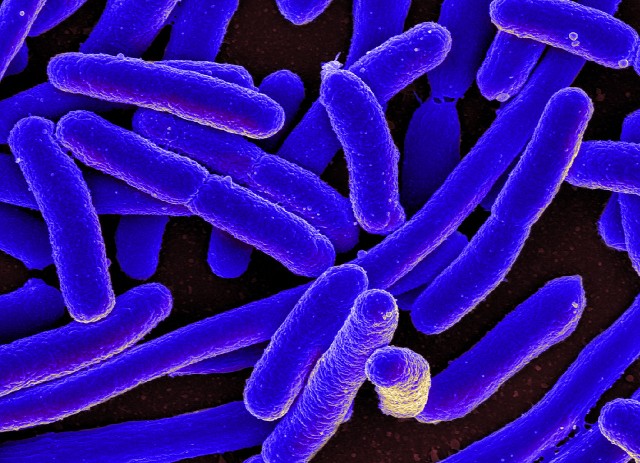In a report published on September 29th, scientists found what they described as an “alarmingly high frequency” of fecal bacteria in drinking water sources at a fly-in First Nations community.
E. coli levels were upwards of 62,000CFU per 100 millilitres in homes without running water. Homes that were using water treated at the community’s water treatment facility had upwards of 2100CFU per 100 millilitres with residual chlorine below 0.2 milligrams per litre, below the required limit to prevent bacterial growth. This despite that when the water left the treatment facility the water was free of E. coli and showed acceptable levels of residual chlorine.
Those homes without cisterns or running water “always showed unacceptable E. coli levels.”
The authors of the study have urged governments at all level sin Canada to expand their investments into proper water infrastructure for First Nations across the country.
According to Health Canada there were 132 drinking water advisories in effect across 89 First Nations communities, as of August 31 of this year. According to the First Nations Health Authority, which as of 2013 handles the monitoring of drinking water quality in B.C., there were 24 drinking water advisories in effect across 21 First Nations communities in the province.
In mid-September, Carolyn Bennett, minister of Indigenous and Northern Affairs, made a statement re-enforcing the federal government’s commitment to improving water quality in First Nations communities over the next five years.
Last week, Minister Bennett announced $4 million in funding for Keewaytinook Okimakanak (KO) Safe Water Project.
The study can be found on this page.
More on Minister Bennett’s September comments can be read here.









